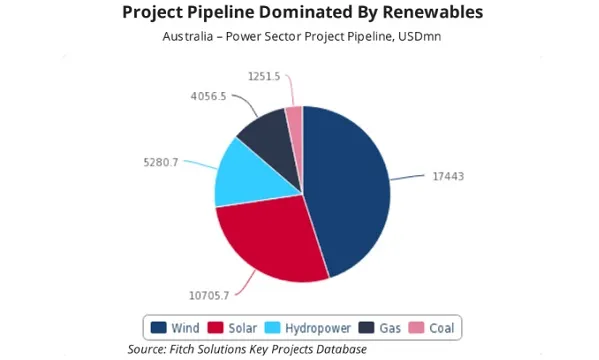
Renewables eat up Australia's power project pipeline despite tepid support
146 out of 202 major power projects are focused on the solar and wind sectors.
The expansion of the Australian power sector is expected to be driven by the renewables sector over the next decade despite the lack of enthusiasm for renewables at a federal level, according to a report by Fitch Solutions. Currently, 146 out of 202 (72.28%) major power projects across Australia are focused on the solar and wind sectors, based on Fitch Solutions’ Infrastructure Key Projects Database (KPD).
Renewables as a proportion of total electricity generation is expected to climb from the current 12.7% to 18.7% by 2028.
Coal reliance is expected to fall from 58.6% to 50% within the same period. “We are
in the view that opportunities in the coal power sector will dry up over the next decade, given the state governments' strong push for renewables,” the report read.
“Growth of the sector will be limited to the upgrade and replacement of ageing facilities, although even in this aspect, we expect opportunities to shrink in the long term given the planned closure of several old coal-fuelled power stations,” it added.
However, the country is still expected to rely on coal for electricity generation given its abundant coal reserves and active mining sector.
Plans are also in place to transform the country into an exporter of renewable energy, noted Fitch. In 2019, Sun Cable announced that it would construct a 10GW solar farm across a 15,000 hectares plot of land near Tennant Creek, Northern Territory. A portion of power generated by the plant will be transmitted to Singapore via a 3,800km subsea cable.
Its vast geography provides certain locations with ideal conditions to harness wind and solar power, and with the rapid advance of ultra-high voltage direct current transmission technology, commercial viability of renewable energy production and export has been increasing.
Amongst renewables, hydropower partakes a small role in Australia’s power sector, and is not expected to grow significantly in the short to medium term. The country currently has more than 100 operating hydroelectric power stations with approximately 8,800MW of capacity. The only project in the pipeline is the $3.4b Snowy 2.0 Hydroelectric Project, which was approved in February but continues to face opposition from environmental groups.
Transmission infrastructure is also believed to be another strong area of growth within the power sector over the next decade, with the expected expansion of the country’s renewable sector. A study by the Australia Energy Market Operator (AEMO) showed the need to replace ageing transmission infrastructure across the country, particularly in South Australia, Victoria and Queensland. The study also revealed that certain locations which was believed to have strong grid coverage are beginning to show reduced fault level headroom for new connections, mainly due to the more proposals to connect new generators to the grid.


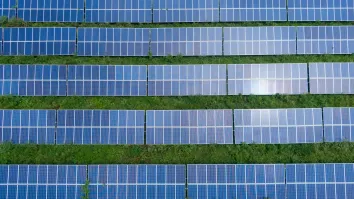
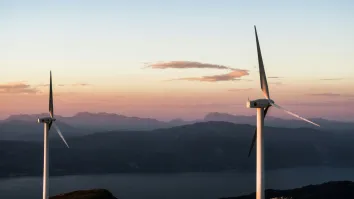
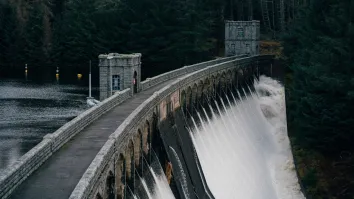
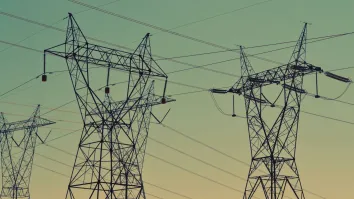




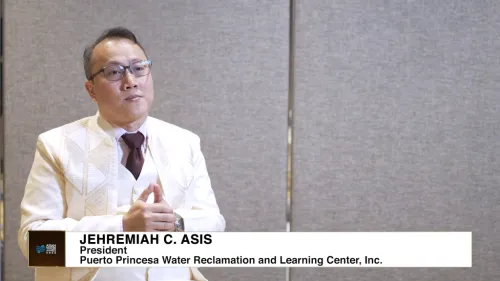








 Advertise
Advertise






